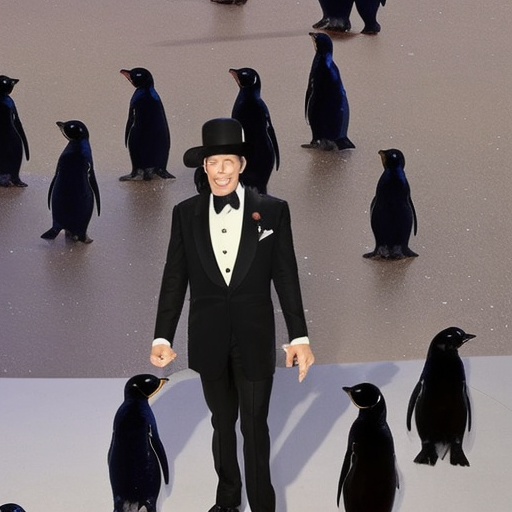Tuxedo: A Classic Formal Attire
A tuxedo, also known as a dinner jacket or a black tie, is a classic formal attire worn by men for special occasions. It is characterized by its elegant and sophisticated style, making it a popular choice for formal events such as weddings, galas, and black-tie parties.
Origins and Evolution
The tuxedo originated in the late 19th century in England. It was named after Tuxedo Park, a wealthy enclave in New York, where it gained popularity among the upper class. The design was influenced by the tailless dress coat worn by British royalty, known as the “smoking jacket.”
The traditional tuxedo consists of several key elements. The jacket is typically black and features satin or grosgrain lapels, a single button or double-breasted front, and satin-covered buttons. The trousers are usually black with a satin stripe down the sides. A white dress shirt, often with a pleated front or a bib, is worn with a black bow tie. To complete the look, a black cummerbund or waistcoat and black patent leather shoes are added.
Over the years, the tuxedo has evolved to include variations in style and color. While black remains the most popular choice, midnight blue and dark gray have also become fashionable options. Lapels can be peaked, shawl, or notched, providing different looks for different occasions. Additionally, accessories such as pocket squares, cufflinks, and suspenders can be added to personalize the outfit.
Symbolism and Significance
The tuxedo is often associated with elegance, formality, and sophistication. It is considered the pinnacle of men’s formalwear and is reserved for special occasions. Wearing a tuxedo signifies respect for the event and the people attending it. It is a symbol of style and class, projecting an air of confidence and refinement.
Traditionally, the tuxedo has been the go-to attire for weddings. The groom and his groomsmen often wear matching tuxedos, while guests are expected to dress in formal attire. The tuxedo’s timeless appeal and versatility make it a reliable choice for any wedding theme or setting.
Outside of weddings, the tuxedo is commonly worn at black-tie events. These formal occasions include galas, award ceremonies, charity fundraisers, and high-profile parties. The dress code for such events often specifies “black tie,” indicating the requirement for a tuxedo. This uniformity of attire creates an atmosphere of elegance and ensures a cohesive aesthetic among the attendees.
Modern Interpretations
In recent years, there has been a rise in more relaxed interpretations of formalwear. Some events may allow for alternative options such as a tuxedo with a colored jacket, a velvet blazer, or even a well-tailored suit. These variations provide individuals with the opportunity to express their personal style while still adhering to the overall formal dress code.
Furthermore, women have also embraced the tuxedo as a stylish alternative to traditional formal dresses. Known as “tuxedo dressing” or “power dressing,” this trend involves women wearing tailored tuxedo suits or tuxedo-inspired dresses. It represents a fusion of masculine and feminine elements, challenging traditional gender norms and celebrating individuality.
In Conclusion
The tuxedo is a timeless and iconic formal attire that has stood the test of time. Its origins in England and subsequent popularity in Tuxedo Park have solidified its place as a symbol of elegance and sophistication. Whether worn by men or women, the tuxedo continues to be a staple choice for formal events, representing style, class, and respect for the occasion.












